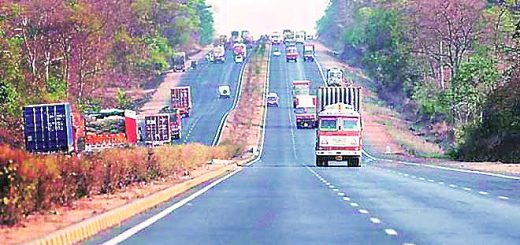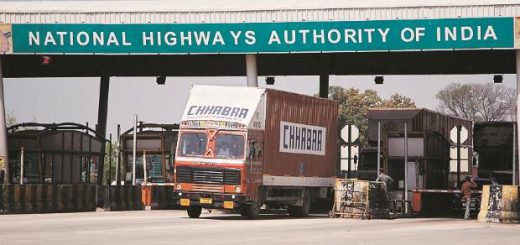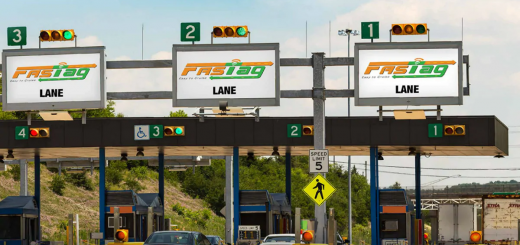Guide to Effective Road Transportation Risk Management
In today’s fast-paced, interconnected world, road transportation remains a cornerstone of modern supply chains, facilitating the movement of goods and products across vast distances. While indispensable, this mode of transport introduces several risks that can adversely impact operations, finances, reputation, and safety. Therefore, devising robust risk management strategies has become imperative for businesses relying heavily on road transportation to shield themselves against potential perils and guarantee smooth functioning. This extensive guide delves into the intricacies of effective road transportation risk management, elucidating essential components required for mastery.
8 Strategies for Road Transportation Risk Management
Pinpointing Risk
- A crucial initial phase entails recognizing and categorizing risks associated with road transportation. Potential hazards span various domains, including:
- Accidents due to human error, inclement weather, or poor road conditions
- Equipment malfunctions stemming from inadequate maintenance or aging vehicles
- Security breaches resulting from theft, hijacking, or vandalism
- Regulatory non-compliance arising from ignorance or intentional violations of traffic laws, tax statutes, or environmental guidelines
- Natural calamities disrupting scheduled deliveries
To unearth latent dangers lurking within transportation processes, undertake rigorous assessments, scrutinize historical records, and engage external specialists boasting unique expertise.
Assessing and Prioritizing Risks
Upon detecting plausible threats, subsequent steps call for quantifying their likelihood, severity, frequency, and ramifications. Apply quantitative and qualitative analytical techniques – such as probability trees, fault tree analysis, or scenario planning – to comprehend each risk’s nuances and implications. Classify risks based on their propensity to inflict damage, permitting focused resource allocation towards neutralizing those posing the gravest menaces.
Devising Countermeasures
With risks cataloged and ranked, construct targeted countermeasures geared towards diminishing their prevalence and potency. Several widely-adopted tactics comprise:
- Implanting safety protocols and instructional courses for drivers
- Equipping vehicles with surveillance gadgetry and tracking mechanisms
- Amalgamating diverse carriers and transit modalities
- Observing routine servicing routines for machinery and conveyances
- Obtaining insurance coverage to offset lingering liabilities
- Formulating contingency blueprints for exigencies or surprise incidents
Foster synergies amongst stakeholders, notably drivers, contractors, and providers, ensuring mutual awareness of obligations underpinning risk management endeavors.
Surveillance and Refinement
Efficient risk management hinges on sustained attentiveness and evolution vis-à-vis shifting contexts. Instituting procedures for supervision and revision, appraising efficacy, and fine-tuning implementations constitutes a cardinal facet. Schedule periodic examinations, screenings, and statistical analyses to pinpoint deficiencies or shortcomings within extant risk management structures. Capitalize on real-time data aggregation and examination instruments to catalyze iterative enhancement attempts, remaining abreast of burgeoning developments and tendencies.
Information Exchange and Cooperation
Unimpeded dialogue amongst concerned parties substantially influences prosperous risk management. Moreover, disseminating intelligence surrounding recognized hazards, employed countermeasures, and acquired learning nurtures camaraderie, synchronization, and reliability. Additionally, promoting open dialogue, soliciting input from drivers, contractors, and additional participants, and reacting positively to critique helps cultivate collective resilience amidst crises, preserving steady communication and sustaining stakeholder faith. Ultimately, these efforts foster a culture of collaboration that is essential for effective risk management.
Also Read:- What is the Distinction Between Forward and Reverse Logistics?
Statutory and Regulatory Adherence
Observance of pertinent legislations and regulations framing road transportation functions holds utmost significance. In addition, acquaintance with local, provincial, national, and cross-border ordinances influencing areas spanning driver work hours, vehicular mass limitations, loading stabilization criteria, and environmental norms proves vital. Furthermore, noncompliance may culminate in sanctions, penalties, litigious proceedings, or tarnished images. Therefore, designate devoted professionals tasked with monitoring alterations in jurisprudence and updating policies appropriately, thus maintaining conformity and averting preventable hazards.
Technological Exploitation
Advanced technological applications play instrumental roles in fortifying effective road transportation risk management. For instance, progressive tools including telemetry, GPS tracking, forecasting algorithms, artificial intelligence, and distributed ledger technologies enable organizations to amass substantial datasets, mechanize decision-making processes, and simplify operations. Furthermore, leveraging these advancements allows for heightened exposure, amplified productivity, augmented safety, and refined forecasting capabilities. In addition, embracing state-of-the-art solutions underscores dedication to tackling emerging obstacles and securing enduring success. Ultimately, these technologies not only enhance operational efficiency but also contribute significantly to long-term sustainability in road transportation.
Continuous Monitoring and Improvement
Data Analysis:- Regularly analyze data from telematics, incident reports, and other sources to identify trends and areas for improvement. Use this information to refine risk management strategies and enhance overall road transportation safety.
Feedback Mechanisms:- Establish feedback mechanisms from drivers, staff, and stakeholders. Encourage reporting of near-misses or potential risks to proactively address issues before they escalate.
Conclusion
Effectively managing risks in road transportation is crucial for the sustainable and secure movement of goods and people. Moreover, by adopting a holistic approach that encompasses risk identification, regulatory compliance, technology integration, security measures, emergency response planning, and continuous improvement, businesses can navigate the complex landscape of road transportation with confidence. In addition, prioritizing safety not only safeguards assets but also contributes to the overall well-being of the supply chain and the broader community. Ultimately, these combined efforts enhance the resilience and reliability of transportation systems, ensuring their effectiveness in meeting both current and future demands.




Recent Comments